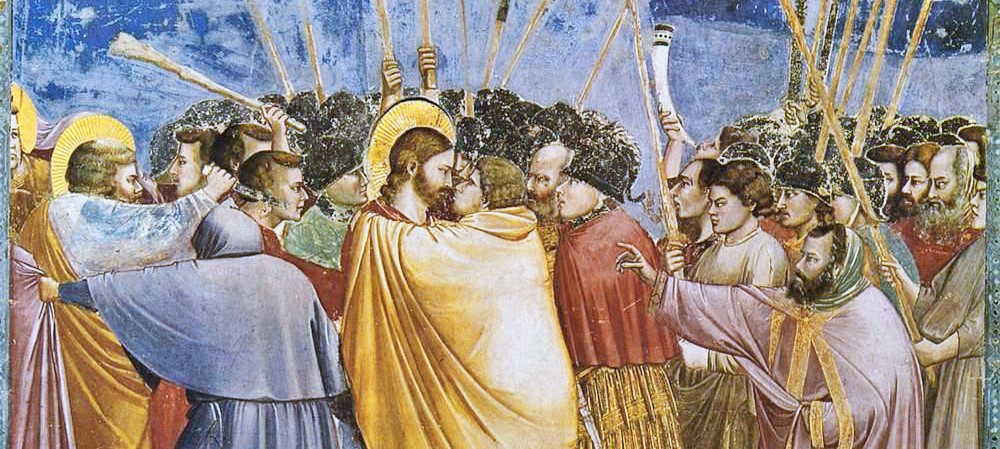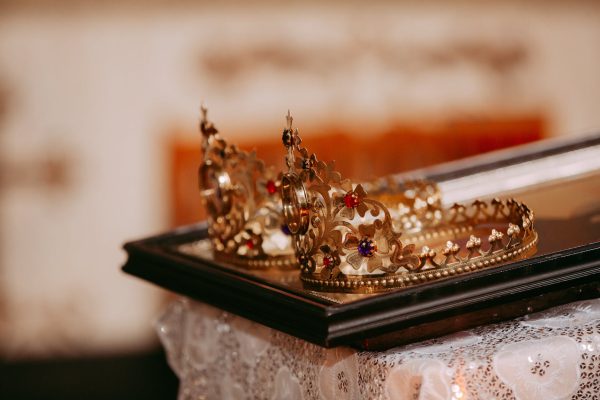By Justin Newland
“A joyous, colorful procession headed towards the entrance of the Abbey. At its head, members of the clergy wafted incense into the chill midday air. A cleric dressed in a bishopric hat and claret regalia led a young woman.
Proud she was and regal in her bearing. She had sequins sewn into her white dress and wore a fine coronet of jewels. The woman was Elizabeth, the daughter of Henry VIII and Anne Boleyn. She basked in the cold, high spiritual light of the Abbey. It was her coronation.”
This is an extract from a novel I’m working on set in Elizabethan times. It’s a great introduction to the coronation of King Charles III, due to take place at Westminster Abbey in London, England on Saturday, May 6, 2023.
The order of service of the coronation ceremony will be the same as it was in Elizabeth I’s time. It’s written and depicted in the medieval illuminated Latin manuscript, the Liber Regalis, and can be viewed in the Galleries at the Abbey.
Charles, like Elizabeth I before him, is again following the tradition of using Westminster Abbey as the site of the coronation. It was first used by King William (the Conqueror) on December 25, 1066.
A coronation is a powerful and evocative religious ceremony which culminates with the placing of a crown on the head of the sovereign. The root of the word coronation is corona.

A corona is defined as the rarefied gaseous envelope that surrounds the sun. It’s an incredible sight, visible during a total solar eclipse.
The imagery of a corona is suggestive of a halo, a bright circle of fire that both graces and illuminates. A halo is a ring or disc of light that often appears in religious art surrounding or above a person’s head. It’s a hugely significant mark of achievement in a savior or a monarch that indicates the person is capable of performing extraordinary acts of compassion, healing and leadership.

What, one wonders, was the origin of the halo? Where did it come from? Did someone just decide one day to paint a halo around these people? Or did someone actually see this ring of fire above a person’s head?
For now, let’s explore further the connection between a coronation and the sun. The sun’s rays turn up here as a seven-fold influence—i.e. the spectrum of light from red to violet. So, it’s not surprising to find that there are seven distinct parts to the Coronation Ceremony:
- The Recognition
- The Oath
- Presentation of the Holy Bible
- The Anointing
- The Investiture
- The Crowning and Homage
- The Recess
To begin with, it’s interesting to note that the coronation takes place during the communion part of the mass. It suggests that the ceremony is a communion between the monarch and God and Godly powers.

During the first part of the ceremony—the Recognition—the sovereign stands behind the Coronation Chair and is presented to the people. He or she bows to all four sides of the Abbey – or the four directions.
The monarch then takes seven steps (seven again) up to the Coronation Chair which faces the high altar.
After the Oath and the Presentation of the Bible, the monarch is anointed with holy oil. This part of the ceremony is done in secret. A canopy is held over the sovereign because this, not the crowning, is the most sacred part of the service.
The Archbishop of Canterbury makes a cross with holy oil on the royal forehead, hands and breast. The tradition derives from the Old Testament where the anointing of Solomon by Zadok the Priest and Nathan the Prophet is described. It’s no surprise to note that Handel’s Zadok the Priest is sung during the anointing of the monarch.
The anointing is performed with olive and sesame oil with aromatic additions like jasmine and ambergris. The use of oil is fascinating in itself. Oil can be used to lubricate and insulate, but one wonders whether in this case it’s used to symbolically seal a high spiritual power into the monarch.
The remaining parts of the ceremony—the Investiture and the Crowning and Homage— conclude the process. The Investiture of the monarch with the symbols of state is there to symbolize what’s just happened, as is the Crowning. The Homage and the Recess are there to endorse and enhance. This uses the power of witness by those in attendance to strengthen what’s gone before.
All in all, this is a magnificent ceremony, replete with hidden symbolic meaning, much of which is probably lost on us all today. We can still enjoy the sheer spectacle of the regalia, the ceremony, and the pageant, which has barely changed since the days of Elizabeth I.
This piece and other perspectives on the coronation can be found in the Fellowship & Fairydust issue Happy & Glorious: A Royal Celebration.

